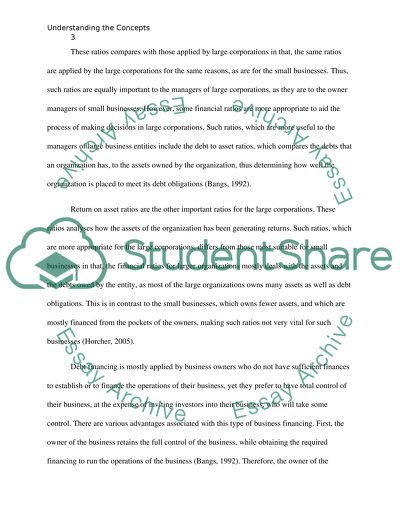Cite this document
(“Understanding the Concepts Assignment Example | Topics and Well Written Essays - 1000 words”, n.d.)
Retrieved from https://studentshare.org/finance-accounting/1452236-understanding-the-concepts
Retrieved from https://studentshare.org/finance-accounting/1452236-understanding-the-concepts
(Understanding the Concepts Assignment Example | Topics and Well Written Essays - 1000 Words)
https://studentshare.org/finance-accounting/1452236-understanding-the-concepts.
https://studentshare.org/finance-accounting/1452236-understanding-the-concepts.
“Understanding the Concepts Assignment Example | Topics and Well Written Essays - 1000 Words”, n.d. https://studentshare.org/finance-accounting/1452236-understanding-the-concepts.


